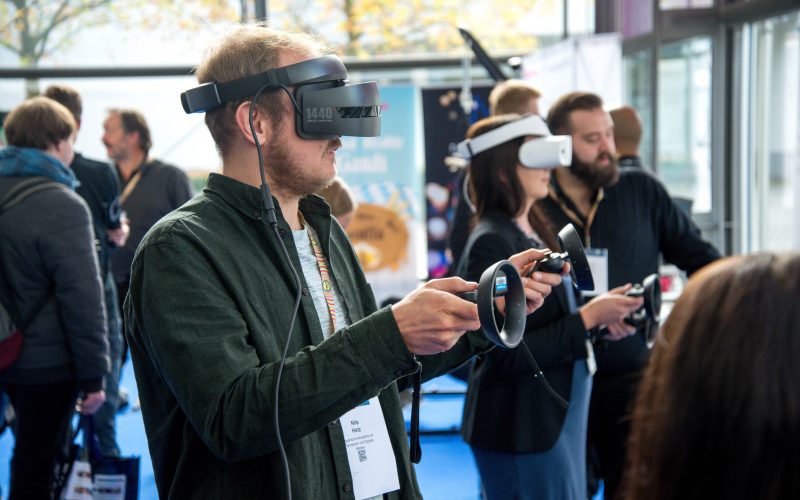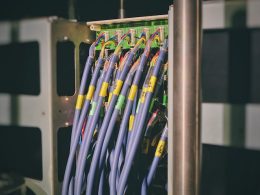Virtual reality (VR) technology has been around for a few decades, but it is only in recent years that it has become more accessible and affordable. As the technology continues to advance, there is growing interest in its potential for education and training. In this article, we will explore the possibilities of virtual reality in education and training.
One of the most significant benefits of VR in education is the ability to create immersive and interactive learning experiences. Rather than simply reading or watching a lesson, students can be fully immersed in the material, exploring and interacting with it in a way that was not possible before. This can be especially beneficial for subjects that are difficult to visualize, such as physics or biology.
VR can also be used to create simulated environments for training. For example, pilots and astronauts can use VR simulations to practice maneuvers and emergency procedures without the risk of physical harm. Similarly, healthcare professionals can use VR simulations to practice surgeries or other procedures, improving their skills and reducing the risk of errors.
Additionally, VR can provide access to experiences and locations that would otherwise be difficult or impossible to access. For example, students can use VR to visit historical sites, explore art galleries, or even travel to other planets. This can help to enhance cultural understanding and spark interest in new subjects.
Despite the many benefits of VR in education and training, there are still challenges to be addressed. The cost of equipment and software can be a barrier, and not all schools or institutions have the resources to invest in VR technology. There is also a need for effective curriculum and teaching methods to be developed to fully take advantage of the technology.
In conclusion, virtual reality has enormous potential for education and training. With the ability to create immersive and interactive learning experiences, simulate environments for training, and provide access to new experiences and locations, VR can revolutionize the way we teach and learn. As the technology continues to advance and become more accessible, we can expect to see more innovative and effective uses of VR in education and training












